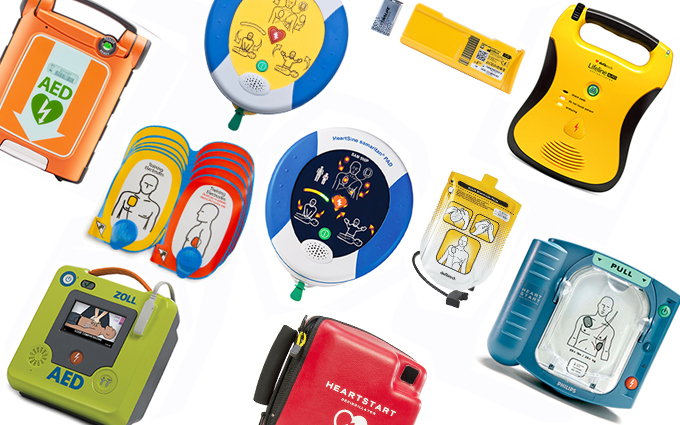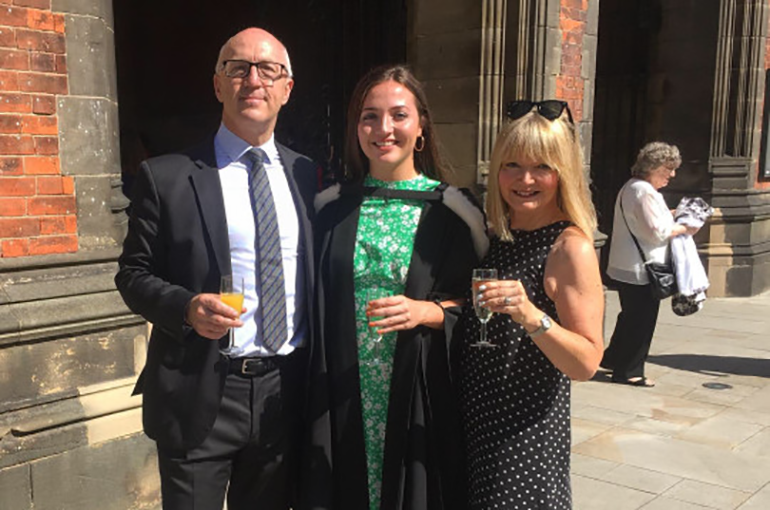Search
Item added to basket
Forgot your password?
Enter your email address below and we will send you instructions on how to create a new password.
${ errors.first('email') }
WELCOME
You maybe a MAP user....











